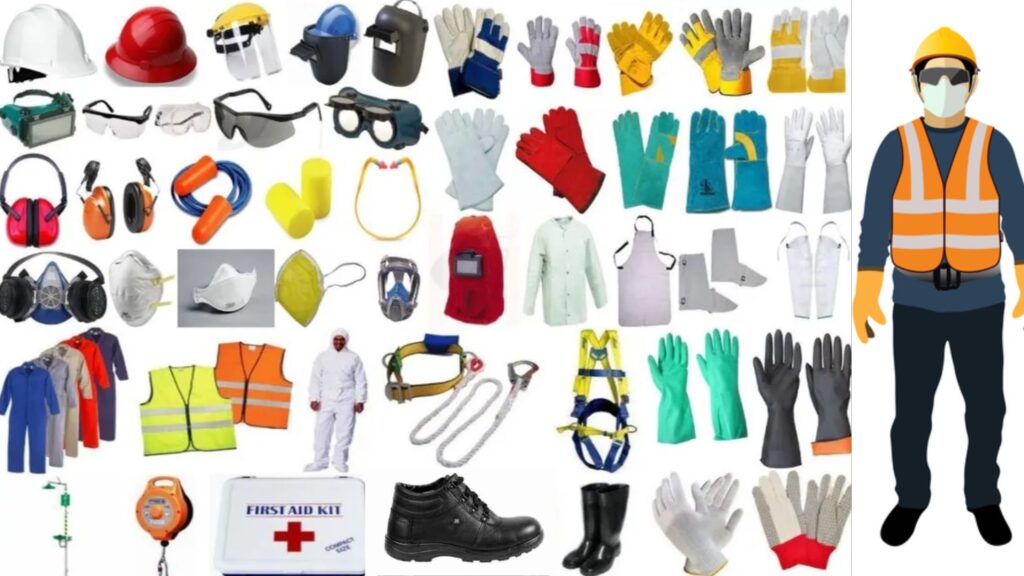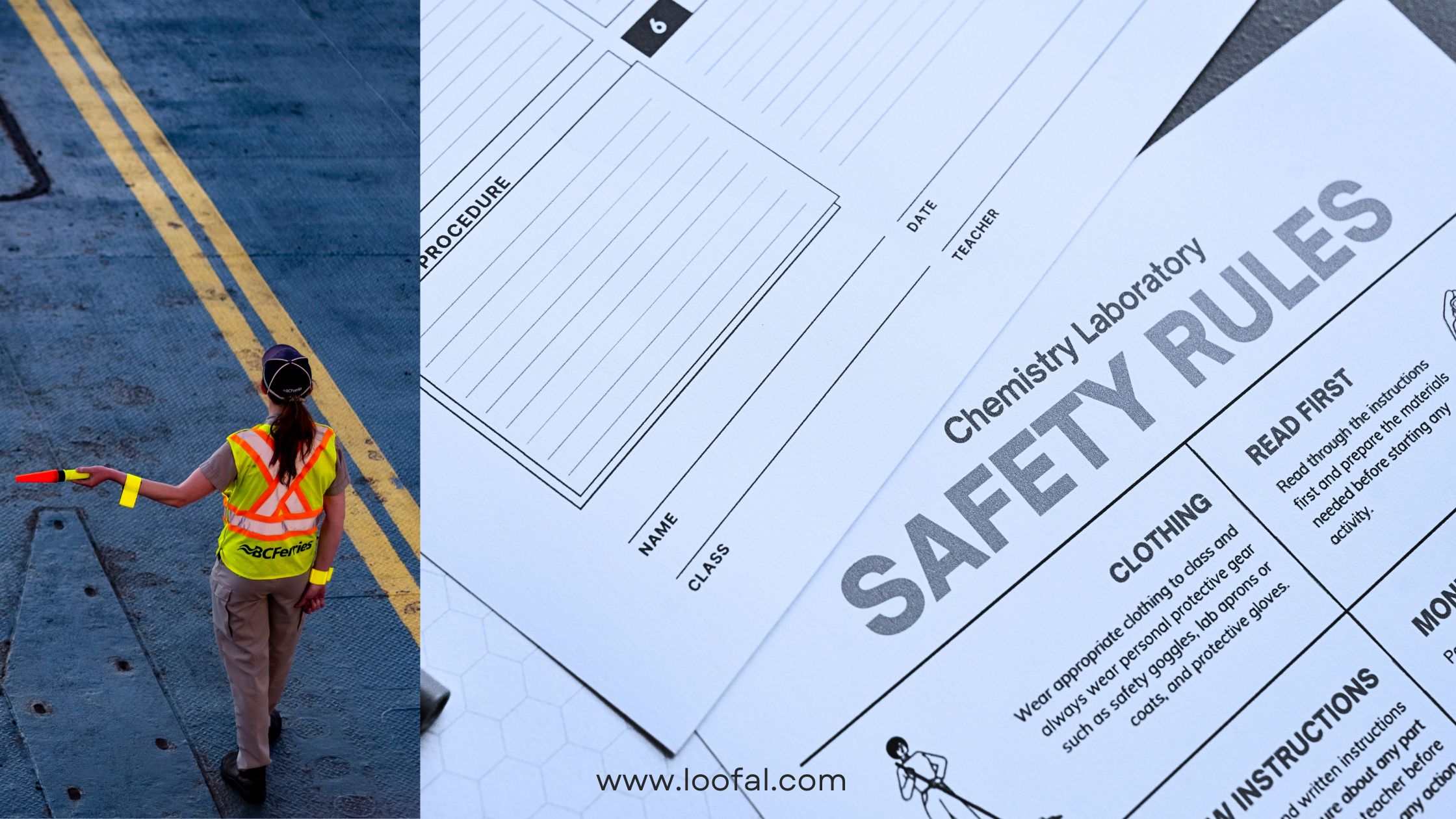Are you one of those people who do not like to follow safety rules while working in industries? If you struggle to adhere to safety rules at work, you must read this article. The government usually makes safety rules for industrial workers to ensure that everyone is safe while at work.
If you don’t know the safety rule and it applies to you, you must read this article. In this article, we’ve included some crucial industrial safety guidelines that are quite significant
Guidelines for Industrial Workers’ Safety
Here are some common safety rules that industrial workers are often required to follow to ensure a safe working environment:
Personal Protective Equipment (PPE):

Workers must wear appropriate PPE such as helmets, safety goggles, ear protection, gloves, steel-toed boots(Safety Shoes), safety Belts, Safety Harnesses, and high-visibility vests, depending on the nature of the job and the hazards present.
Hazard Communication is very Important Especially In Critical Sites:
It is Important to Employers, that they must provide workers with information and training regarding hazardous activity they may encounter during the onsite jobs. This includes proper labeling, Material Safety Data Sheets (MSDS), and instructions for handling and disposing of hazardous materials.
Machine and Equipment Safety:
Workers should receive training on the safe operation of machinery and equipment they use, including lockout/tagout procedures to prevent accidental startup, proper guarding of moving parts, and regular equipment maintenance.
Fall Protection for Height Workers:
If working at heights, workers must use appropriate fall protection systems such as safety harnesses, guardrails, or safety nets to prevent falls and minimize the risk of serious injuries. Fall Protection can reduce the risk of falling from heights and safeguard against potential hazards.
Working Places Must also Prioritize Fire Safety.
Workers should be familiar with fire prevention measures, the location of fire extinguishers, emergency exits, evacuation plans, and proper procedures for reporting and responding to fires or other emergencies.
Electrical Safety:
Workers must understand electrical hazards and follow proper procedures for handling electrical equipment, including lockout/tagout when working on electrical systems, using insulated tools, and avoiding overloading circuits.
Ergonomics:
Employers should provide training on ergonomic principles to prevent injuries or conditions affecting the tendons, muscles, joints, cartilage, and spinal discs. This includes maintaining proper posture, using lifting techniques, and adjusting workstations to reduce strain and fatigue.
Hazardous Energy Control (Lockout/Tagout):
Workers must follow procedures to control hazardous energy sources during equipment maintenance or repairs. Lockout/tagout procedures ensure that equipment is de-energized and cannot be restarted unexpectedly.
Confined Space Safety:
Workers entering confined spaces must receive proper training, have the necessary permits, and follow established procedures for safe entry, monitoring atmospheric conditions, using proper ventilation, and ensuring that rescue equipment are readily available.
Why Housekeeping Is Important In Hazardous Working Areas:
Maintaining a clean and organized work area is crucial for preventing accidents. Workers should keep walkways clear, promptly clean up spills, and properly store tools and materials to prevent trips, slips, and falls. It’s important to note that specific safety rules and requirements may vary depending on the industry, country, and specific workplace. Workers should always consult their employers, industry guidelines, and applicable regulations to ensure they are following the most up-to-date safety protocols.
Conclusion:
Safety rules for industrial workers are implemented to give priority to their well-being and to protect their lives while working. These regulations are strict because industrial workplaces often pose significant hazards and risks. Industrial settings involve the use of heavy machinery, hazardous materials, and potentially hazardous processes. The stricter safety regulations aim to reduce the number of accidents, injuries, and illnesses that can arise from these conditions. By following these rules, employers can protect their employees from harm and ensure their physical health and safety.
Compliance with safety regulations is also a legal requirement, as governments establish guidelines to protect workers’ rights and maintain workplace safety standards. Following these rules not only prevents accidents but also helps create a culture of safety, fostering a positive work environment where employees feel valued, motivated, and productive. Overall, safety regulations in industrial settings are important for preventing accidents, protecting workers, meeting legal obligations, and promoting a culture of safety and wellness.



Effective safety protocols require a collaborative effort from both employers and employees. By fostering a culture of safety that prioritizes continuous improvement, open communication, and individual accountability, industrial workplaces can create a safer and healthier environment for everyone.